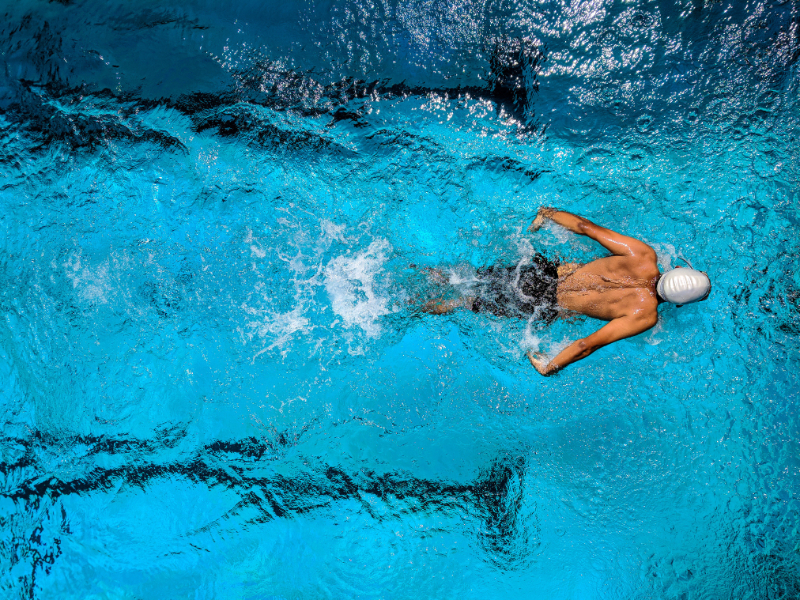What Does A Hydrotherapy Pool Do? We look at the advantages offered from installing a hydrotherapy pool in your home. Find out the many ways it can be beneficial to your health.
What Is Hydrotherapy?
Hydrotherapy is a therapeutic full-body experience that involves moving and exercising in water. It is essentially physiotherapy in a pool. Hydrotherapy pools are quite different from normal pools you will encounter.
The temperature of the water, the water pressure, and the movement of the after are all controlled and can be changed depending on who is using the pool and for what purpose.
Doctors will often prescribe a course of hydrotherapy as part of a treatment program. The sessions are also used by many athletes who are using the opportunity to improve and maintain their general health, as well as fitness. Other people use hydrotherapy as a part of a healthy whole-body routine.
Many people find a massive sense of achievement and independence simply for aquatic therapy and water immersion, especially people who are usually unable to perform these activities on dry land. The benefits of hydrotherapy also extend to a person's general wellbeing and disposition.
What To Expect From Hydrotherapy
If you are going through a course of hydrotherapy treatment, then your GP or physiotherapist may have given you a good idea of what to expect and what exactly you will be doing.
But, of course, this is change depending on what condition or injury the therapy is dealing with. On the NHS, hydrotherapy is a supervised exercise session in a series of pools or a singular pool.
If you are currently dealing with a severe or long term issue such as a spinal injury or a stroke, then you will most likely have one-to-one supervision, as well as assistance from a physiotherapist.
If not, you will have floating support from a professional who will be able to guide you through the program's given exercises. You will be expected to wear a swimming costume during your sessions.
After your session, you may feel a little tired out or have a lack of energy. Though, it is equally common to feel completely invigorated.
We would recommend leaving yourself some leeway after your session in order to see whether you feel up to going for a long 15-mile sprint or simply just want to settle down for a snooze.
If your hydrotherapy is taking place at a spa, then you might want to follow up your sessions with some time in a jacuzzi, sauna, or hot shower. You could also follow your session with a massage or beauty treatment.
Also, keep in mind, just like if you had been for a long swim, hydrotherapy can leave you very hungry!
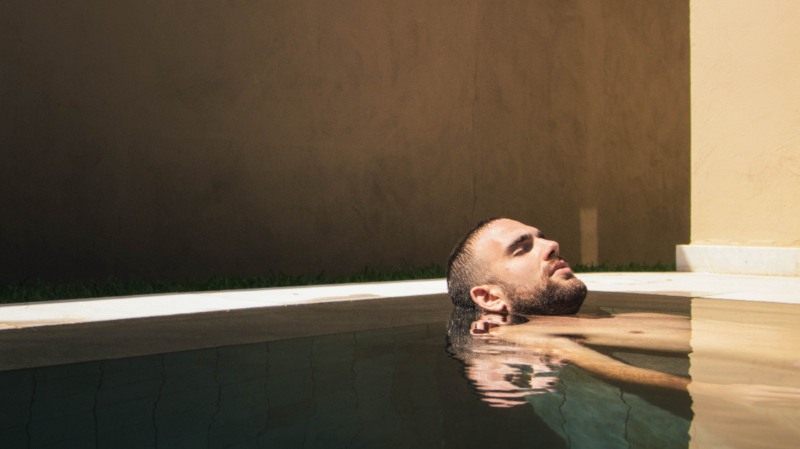
How Is A Hydrotherapy Pool Different From A Regular Pool?
This is an extremely common question that many people ask when they are introduced to the concept of hydrotherapy. The pools used in hydrotherapy differ from traditional swimming and leisure pools in a number of different ways.
Firstly, the purpose of the pool is completely different. Hydrotherapy pools are constructed specifically to provide a rehabilitative environment that will help to restore the health of a patient and heal their injuries. Exercising in water is incredibly beneficial because the water supports the person's body weight. Taking less pressure off their joints and muscles.
You would be able to tell the difference between a regular leisure pool and a hydrotherapy pool as soon as you walked into a room with a therapy pool, this is because of the temperature. Hydrotherapy pool water temperature usually sits at around 33 to 36 degrees Celsius, which is much warmer than a normal swimming pool you encounter in your day to day life.
Normal swimming pools are usually no hotter than around 28 degrees Celcius. The hotter water makes the room more humid, so the effects can be felt immediately as you walk into the room.
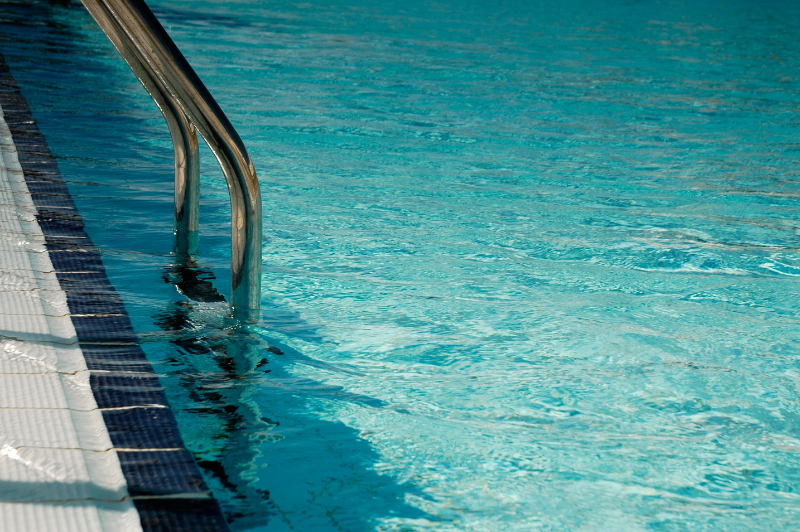
How Is Hydrotherapy Used For Arthritis?
If you have ever attempted to walk underwater, then you will know then it is not at all easy, a much harder task than doing it on land. There is one big advantage, though, the elimination of the effects of gravity. Water creates resistance which is exactly what builds up strengths in the muscles.
Underwater, many patients feel a huge amount better. They experience less pain, and they can engage their muscle more than usual. These patients are known to activate muscles that they wouldn't usually be able to use when taking part in therapy on land.
There is a huge wealth of research to show that regular exercise is incredibly beneficial to people who are dealing with arthritis. Regular physical activities are shown to improve joint functioning, as well as reduce symptoms such as fatigue.
This then leads to there being a lower risk of being hospitalised and there being an overall decrease in the likelihood of developing a chronic disease connected with inflammatory arthritis, such as heart disease.
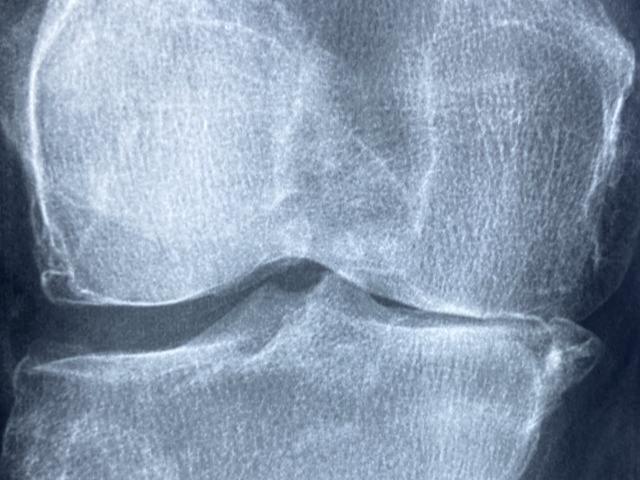
There are many arthritis patients who skip exercise entirely, finding that the process of movements are too painful and feel as though they just make symptoms worse.
Land therapy is vital for managing symptoms, but it can often be torturous for sufferers of arthritis.
For most people who deal with arthritis daily, warm water therapy is the complete opposite of torture.
The patients will feel less pain when in the water, along with their joints being less tender. Hydrotherapy is also known to improve their mood.
How Does Hydrotherapy Help?
Hydrotherapy can help in a number of different ways. These are described below:
The warmth of the water allows muscles to be relaxed and can ease the pain found in joints. This helps people to exercise.
Water will support the weight of whoever is in it, this helps to relieve pain and increase the range of movement for joints.
Water can also be used to provide resistance for the movement of joints. The pushing of arms and legs against water can be very beneficial for the improvement of muscle strength.
Is Hydrotherapy Effective?
Scientific studies have shown that hydrotherapy can improve the strength and general fitness of people who deal with various different varieties of arthritis. The exercises can be tailored to everyone's individual needs, which means that they can start quite slow and gradually build up in order to improve both flexibility and strength.
The additional support that the water provides can make sufferers feel like they are able to do more exercise than normal, but be careful not to overdo it as the water's effects can be deceiving. The warmth of the water along with the exercise can make patient's feel quite tired after treatment; this is very common, though.
In general, hydrotherapy is one of the most effective and safe ways to deal with both back pain and arthritis.
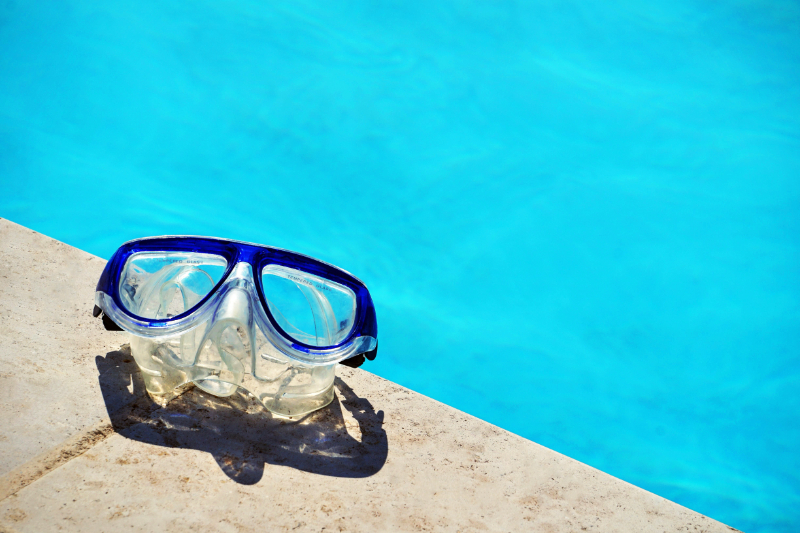
Who Can You Use Hydrotherapy With?
Hydrotherapy treatment can be used for a huge array of different people with different kinds of injuries and conditions. Below is just a short list of the people who can take advantage of hydrotherapy:
People who regularly suffer from spinal injuries
Young adults and children who suffer from learning difficulties or physical disabilities
People who live with arthritis
Athletes who are overcoming various injuries.
If you are looking for hydrotherapy pool installation in Edinburgh, Glasgow & Aberdeen area contact us today on Midlothian Indoor Pools to discuss your project.
